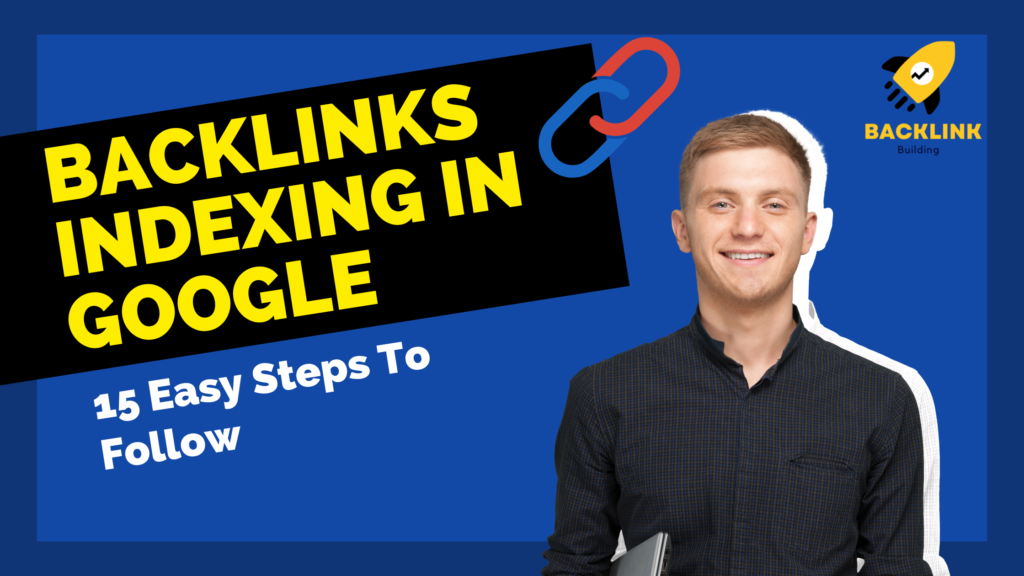
We made all our seo efforts to get backlinks from high-authority websites. But what if Google does not stop backlinks indexing? That would mean all our efforts go to waste, and we won’t be able to reap the benefits of those backlinks.
This is why it’s essential to index backlinks in Google. Doing so can ensure that our backlinks are working and help us improve our ranking in SERPs.
To optimize your website, you must understand Google crawling and indexing are two essential SEO aspects. This blog post will explain how you can index backlinks in Google quickly and easily. At the end of this post, you will know how to index backlinks in Google in 11 easy steps.
What Is Google Crawling?
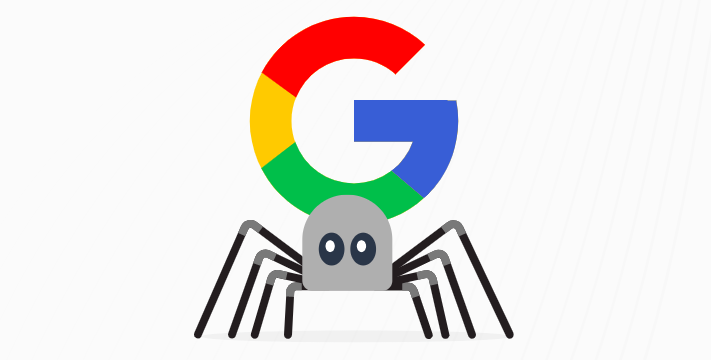
Crawling is essential for SEO because it allows Google to find your website’s pages and determine their relevance to a user’s search query. Google crawling is where Googlebot discovers new and updated content on websites. Once discovered, the crawler will index it in the Google search engine.
What Is Google Indexing?
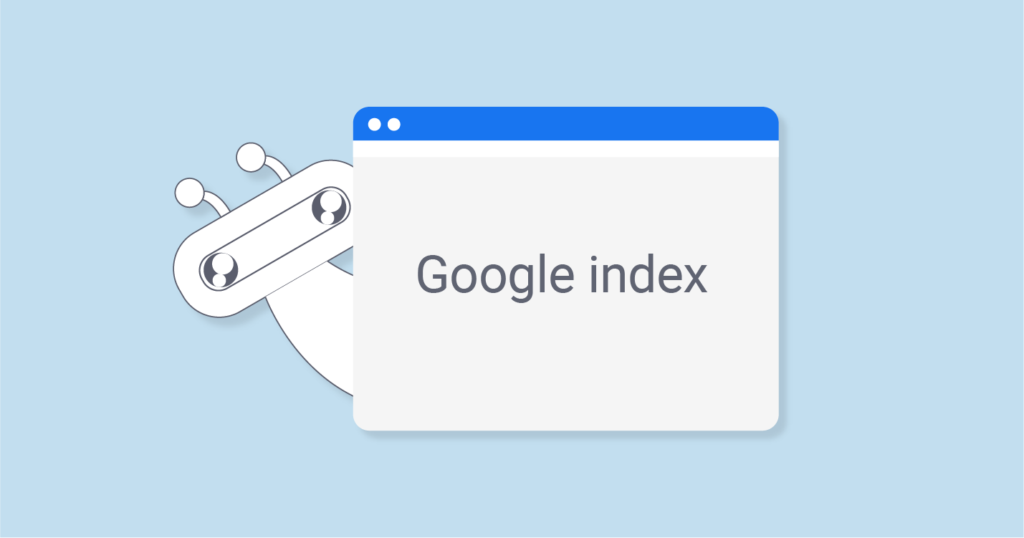
Google indexing is the process of adding web pages from your website to Google’s database. Indexing is important because it makes your website visible to users searching for terms related to your site’s content. Once a page is indexed, it can appear as a result in SERPs (search engine results pages).
How To Check If Google Has Indexed Your Backlink?
There are a few ways to check if Google has indexed your backlink.
The Site Operator
The first is to use the site operator. To do this, you will enter “site:” followed by the URL of the page you want to check in Google Search. This should return a list of results from your website. If the backlink you’re checking for is not indexed, it will not appear in these results.
The Cache Operator
The cache operator is the second way to check if a backlink is indexed. To do this, you will enter “cache:” followed by the URL of the page you want to check in Google Search. This should return a cached version of that page from Google’s database. If the backlink is present on the page, it will be cached along with the rest of the content.
Backlinks Indexing Status Checker
The third way to check is to use a backlinks indexing status checker. This tool will tell you whether or not Google has indexed a backlink. Many backlinks indexing service status checkers are available online, and most are free.
GSC URL Inspection Tool
Google Search Console offers a variety of features, including using the “URL Inspection” tool on GSC to verify your page indexation standing. The process is easy: copy the link or URL you want to check, click the “URL inspection” tab, and paste the link into the top search window above. After you hit “ENTER,” GSC will show the indexing status of that page.
Why Are Backlinks Indexing So Important?
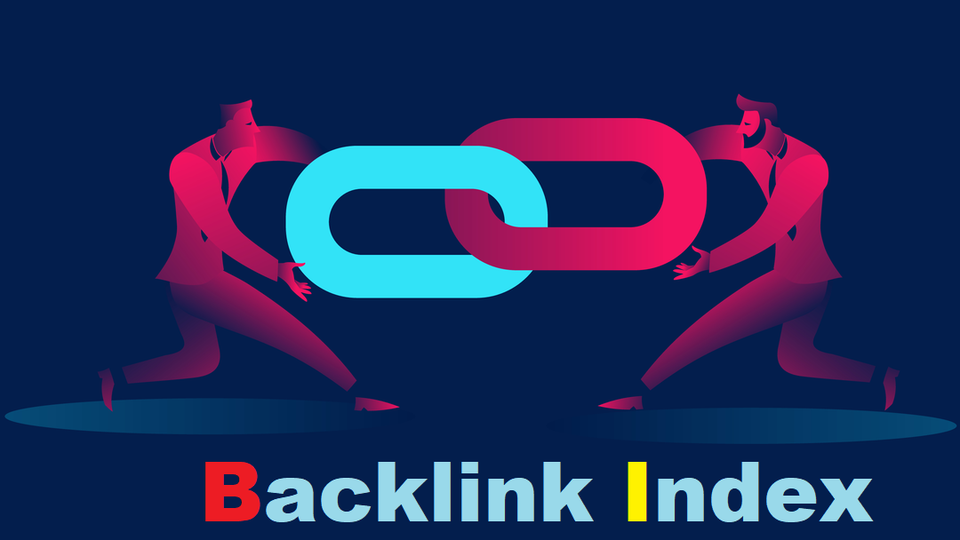
Backlinks Indexing is essential to ensure your backlinks are working and to help improve your ranking in SERPs. If backlinks are not indexed, they cannot help you rank higher in search results. Additionally, if Google does not index a backlink, it may view the link as spammy.
As you can see, backlinks that are not indexed will have a status of “Discovered – currently not indexed.” This means that Google knows the backlink exists but has not yet added it to its database.
How To Index Your Backlinks In Google Quickly (15 Easy Steps)
Now that we understand the importance of backlink indexing in Google let’s look at how to do it quickly and easily.
Here are 15 steps to index backlinks in Google:
Step One: Check If The Backlinks Are Indexed
The first step is to check if the backlinks are already indexed. You can do this using the methods we described above.
Step Two: Find Out Why The Backlinks Are Not Indexed
If the backlinks are not indexed, you must find out why. There are a few possible reasons:
- The backlink is new, and Google has not yet had time to index it.
- The backlink is on a page that Google does not index.
- There is a problem with the website that is preventing Google from indexing it.
Step Three: Submit Your Website To Google Search Console
This free service lets you submit your website and backlinks to Google for indexing. If your website is not already in Google Search Console, you must submit it. This is the fastest way to get your URL Index quickly.
Step Four: Fetch As Google
Once your website is in Google Search Console, you can use the “Fetch as Google” feature to request that Google indexes specific pages.
Step Five: Submit A Sitemap
A sitemap is a file that contains a list of all the pages on your website. You can create a sitemap using a tool like XML-Sitemaps.com. Once you have created the sitemap, you can submit it to Google Search Console. This will help Google find and index all the pages on your website.
Step Six: Use Social Media To Promote Your Website
Social media is a great way to promote your website and backlinks. When you post links to your website on social media, use hashtags. This will help people find your website and backlinks.
Step Seven: Create A Google My Business Listing
If you have a local business, you should create a listing on Google My Business. This free service allows businesses to create profiles and list their business information on Google Maps.
Step Eight: Optimize Your Website For SEO
Make sure your website is optimized for SEO. This includes optimizing your title tags, meta descriptions, and backlinks. You can use a tool like Moz’s Keyword Explorer to find the best keywords to target.
Step Nine: Add Your Website To Directories
There are many online directories where you can list your website. This will help people find your website and backlinks.
Step Tenth: Remove No-Index Tags
If you have backlinks on pages with a “no-index” tag, Google will not index them. You can use the “Fetch as Google” tool in Google Search Console to check if your backlinks have this tag. If they do, you will need to remove it.
Step Eleven: Monitor Your Progress
Once you have implemented all the steps above, it is essential to monitor your progress. You can use Google Search Console to see how many backlinks are indexed. Additionally, you can use a tool like Moz’s Link Explorer to track your backlinks.
Step Twelve: Index Your Backlinks Fastly By Sharing Links On The Social Media Platform
Backlinks get indexed fast when you share them on social media platforms. This method often works, as the social media platform is a powerful backlink. Sharing links on social media sites creates a buzz to attract other users. Backlinks get indexed when social media users click on them. Sharing links on social media platforms is an effective way to index backlinks. Post your links at different times and other days to get organic traffic from backlinks.
Step Thirteen: Creating Video Backlinks
Creating backlinks through videos is an excellent method for indexing backlinks. You can create a promotional video for your website and post it on popular video-sharing websites. In the description of the video, include a link to your website. This will help people find your website and backlinks.
Step Fourteen: Creating Backlinks From .edu and .gov Websites
Edu and gov websites are high authority websites. Backlinks from these websites have a high chance of getting indexed by Google. You can create backlinks from these websites by writing guest posts or commenting on blogs. Ensure to include a link to your website in your guest post or comment.
Step Fifteen: Creating Backlinks From High Authority Websites
Initially, high-authority websites were a great source of backlinks. You can create backlinks from these high-DA websites by writing guest posts, etc. Eventually, include a link to your website in your guest post. This will send a signal to Google that the links are high-quality.
Creating backlinks is an essential part of SEO. To improve your website’s ranking, it is also important to index backlinks in Google. Follow the steps above to index your backlinks quickly and easily.
Why Won’t Google Index Backlinks?
There might be several reasons why Google won’t index backlinks. A few of them are as follows:
Content Is Thin And Plagiarised
Plagiarised content is the first reason why backlinks don’t get indexed. Google’s algorithm is now intelligent enough to identify copied content and low-quality backlinks. So, we need to ensure the content is unique and plagiarism-free.
Backlinks With No-Index Tag
If backlinks are on a page with a “no-index” tag, Google will not index those backlinks. So, we need to check whether the backlink has a no-index tag using the “Fetch as Google” tool in the Google Search Console. If they do have that no-index tag, we need to remove it.
Links In The Footer Or Sidebar
Google is now ignoring links that are in the footer or sidebar. Google does not give these backlinks much importance. So, we need to check if our backlink is in the footer or sidebar. If it is, we need to remove it and place it in the body of the content.
Backlinks Are Not Worthy
Google will not index backlinks that are not worthy. For example, if a backlink is from a low-quality website, Google will not index it. So, we need to check the quality of backlinks using a tool like Moz’s Link Explorer.
Backlinks Are From A Penalized Website
If backlinks are from a penalized website, Google will not index those backlinks. So, we need to check whether the backlink is from a penalized website using Google’s Disavow Tool. If they are, we need to disavow them.
High-Quality Backlink Characters Are
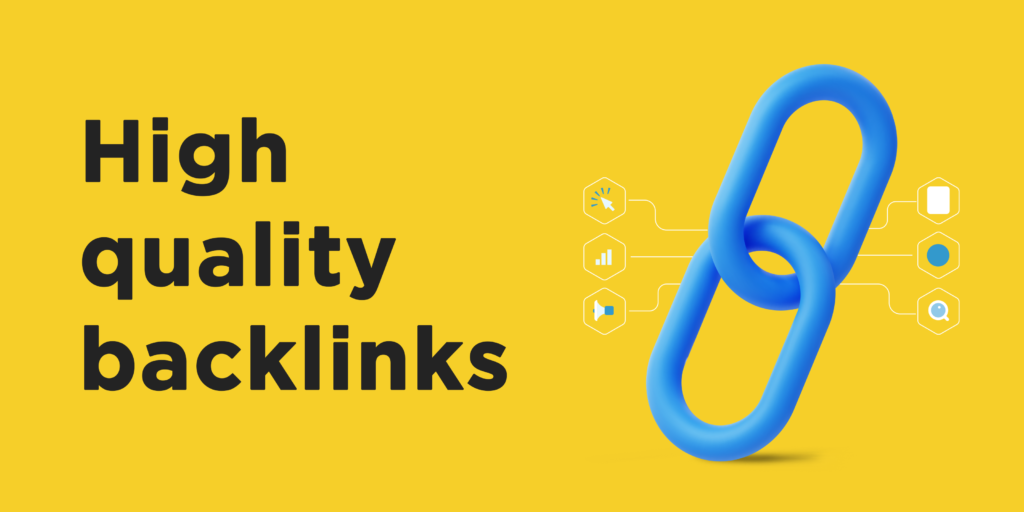
- High DA website
- Backlinks from a relevant website
- Backlinks with various anchor text
- Link with dofollow attribute
How Long Does It Take To Get An URL Indexed?
The answer to this question is not constant, as it depends on many factors. Google indexes URLs in 24-48 hours. However, Backlink said indexing a new URL took them 24 hours.
Furthermore, the time for backlink indexing may vary from a few days to weeks or even months, depending on the situation and scenario.
How Do I Know Whether My URL Is Indexed?
The easiest way to check if a URL is indexed is to use the GSC. Go to the GSC, and under the “coverage” section, you will find all the information related to your URL.
However, you can use Ahrefs to check if a URL is indexed. Just enter the URL of the backlink, and it will show whether it is indexed.
Backlink indexing in Google is essential to improving your website’s ranking. Follow the steps above to index your backlinks quickly and easily.
Conclusion
A backlink is a link from one website to another. When backlinks are created, they help improve the organic traffic coming to your website. Eventually, backlink Indexing in Google is essential to improving your website’s ranking. The above guide might have given you valuable insights on crawling, indexing, and how backlinks play a vital role. Do follow the steps to ensure that Google indexes your backlinks.
Creating backlinks is an essential part of SEO. Links are important because they help your website rank higher on search engine results pages (SERPs). To improve your website’s ranking, it is essential to index backlinks in Google. Follow the steps above to index your backlinks quickly and easily.
If you have any questions related to backlink-building feel free to leave them in the comment section. We will be happy to answer you.


